Sometimes, you have to make the best out of a bad situation. Babylon’s Fall doesn’t feel like one of those times. As of this writing, Square Enix and Platinum Games, the publisher and developer of this game respectively, distributed a survey last week. This survey is one of several that will address the fundamental issues that the game has, starting with the graphics, and with that information the team will begin making improvements. Great! However, I’m positive both Square Enix and Platinum Games know the shortcomings quite well.. Currently, the game’s being run through the wringer in its critical and consumer consensus and it’s earned it.
Babylon’s Fall was announced in 2018 as the latest joint between the two companies, high off their well-received NieR Automata collaboration. On paper, I think it’s a very attractive pitch: a four-player co-op game utilizing Platinum’s action game prowess married with a looter-style RPG, a unique art style, and an esoteric, mysterious, perhaps even silly story. I definitely think there’s a permutation of ths that works well, but what we got feels like it didn’t proceed well past the planning phase, as I’ll lay out. I can’t call myself a game development expert, so it’s hard for me to say if the game can be salvaged into something worthy of your time, but it sounds like the team is going to give it a go – so I’ll probably be checking in on it from time to time, but not for the sake of playing it earnestly unless something radical changes.
After completing the introductory segments, you’re taken to a hub at the base of the Tower of Babylon, to which you’ll return after every mission. Think Bungie’s Destiny and you’ve got an idea. The moment you enter, however, is where the game asserts its freemium-style rewards progression system, complete with microtransactions and a treadmill designed to keep you mining for hours upon hours to proceed to the next level of a battle pass that may or may not bestow a reward. Boy, does that ever feel deflating after dropping the $60 premium asking price.
Said rewards are purely cosmetic items, things that will customize the appearance of your character or profile: equipment, emotes, the visual design of your profile, etc. I think it’d be appealing if you’re not averse to this sort of monetization… if only the visual fidelity of the game wasn’t so poor. Why drop that cash or grind away that battle pass when the options available are stiff, muddy, and looking several generations removed. It’s also worth mentioning that there’s a notable lack of options for black and brown skin in the character creator, which is weird considering the NPCs in the game seem to be built from a larger selection. At least the game doesn’t tie your gender to the sound of your voice, to some small comfort.
Not only does this poor visual style hamper the paid cosmetics, but the core gameplay as well. If you’re lucky to be matched with a full party of four players, the particle effects become so inscrutable it becomes a crap shoot whether to know when to evade or counter incoming attacks. It’s a dramatic oversight that prevents the game from being readable in its ideal state: playing with others. The oil-painting style, in hindsight, may not have been a wise choice for a fast-paced action game where easy, quick readability is a necessity. One stage has you fumbling through the dark with special items that ward miasma – similarly to Final Fantasy Crystal Chronicles operates, but the high contrast makes for a miserable time trying to make out your surrounding environs during combat.
To put it charitably: the amount of players currently muddling through Babylon’s Fall is very lean. For the purpose of review I intended to complete the main scenario or main thrust, whichever you want to call it, before completing my thoughts. However, in many cases, the matchmaking system struggled to match me with any other players – sticking me in missions alone time and time again – missions tuned for more than one player to finish out being a dreadful slog. When it failed to match me to anyone after nearly a dozen attempts, I decided to put the game down for the first time and try the next day. I continued this depressing ritual for about a week or so, until I simply adjusted my expectations. Mind you, this was during a drive for players to hop into the queue to help people such as myself complete the main scenario’s missions. Having only made it to the second major area of an indeterminate amount of areas, I think I had a decent picture of the game’s setbacks. That being said, it would have been a bit more bearable to remain in the matchmaking queue until a confirmed match was found, rather than having to queue, enter a mission, abort, and requeue ad nauseum. I do not know why players cannot join you mid-mission if you’re by your lonesome if the things weren’t tuned decently for solo play. Maybe I would have been able to make more progress at least.
Missions themselves generally came in two varieties: one being a procession through a linear corridor divided into traversal and combat segments (which mix a little bit here and there) or an arena style face off with a boss. Most of them are of the former variety, and their structure isn’t problematic, but it seems like there’s much ado in an attempt to “spice” them up. This comes in the form of platforming segments and stage gimmicks that feel like design for design’s sake, rather than anything that naturally complements the combat. Examples of which include some awful platforming segments where your maneuverability becomes a burden, or underwater segments where combat is largely unchanged but operates at a glacial speed, which seems antithetical to Platinum’s approach to combat systems. Had the same care been applied to traversal options for characters as combat, maybe these sections would feel better than they do. As they are now, they are frustrating breaks in the action.
Babylon’s Fall features a combat system in which floating weapons can be called forth instantly, and four of them float behind your back attached to a “Gideon Coffin”. Each of these weapons is tied to a bumper or trigger, allowing for each button to independently operate each weapon. That’s all well and good, but unfortunately there’s not much by way of interoperability between them – nothing feels like it flows together well aside from a basic switch-up mid-combo. What ends up happening is the player having to grip the controller in a claw-like fashion, holding the trigger down for a charge effect on the strong attacks while trying to mash and maneuver with the triggers and face buttons. It’s a bit much. It feels like a poorer implementation of Automata’s pods that must constantly be used as if to feel like you’re optimizing your damage output, and god, my old, decrepit fingers just can’t deal. The weapon types are few in number, and I wish there was more synergy between them or to use them consecutively. A minor quibble with the potions: you’ve got to be almost dead still for them to go off properly, and for a game where you’re moving about quickly at a blistering pace, this feels like a miscalculation. While playing solo, I’m not sure why I need to wait so long for the resurrection timer when no players are able to join me either.
I left my playthrough a bit after a major twist revealed itself, but in large part the story is quite underwhelming. Your player character is little more than a vehicle to move the story along and displays little to no concern about being abducted, nearly eviscerated by an alien technology that has now fused with their body, and conscripted by an Empire to die in an ancient labyrinth so they can harness the technology and secrets within. Their perspective largely comes from the other “Sentinels” around them, principally Sylvi, who vacillates from a healthy skepticism of their captors and a ho-hum, “guess we better cooperate to move the story along” level of compliance. Given that I didn’t get far enough in the story to see these plot threads develop, assuming they do, I must simply rest on “nothing grabbed me in the first act of the game.”
The story’s presentation is also heavily inconsistent. You’ll have conventional cutscenes where characters are on screen and animating in a 3D space, then 2D vignettes that swivel around paintings that superimpose 3D characters on them and move at a snail’s pace. They don’t look very good and their approach is rather self-defeating if the goal is to have each piece look like a static oil painting. It feels like a half-measure, as if the plan was to make more conventional cutscenes. This is also another avenue which affects gameplay for the worse, as cutscenes are only skippable for all players who have previously viewed them. Why they couldn’t be separated from the mission structure to avoid this is a question mark.
With all this in mind, we kind of get to the elephant in the room. I don’t have an inside look at how much COVID was a factor in this game’s development. It’s most certainly a factor, and I think we owe the developers a bit of slack here, especially if they’re planning to address these major issues in the post-launch as indicated by the deployment of surveys and roadmaps. The problem is: they really should have had the time to do this pre-launch. The question is – why didn’t they?
A lot of these grievances I’ve laid out seem to be issues that, with the proper attention, could leave Babylon’s Fall in a better state as a decent co-op slasher/looter. Something fun to jump into with a friend for an hour or two. I also see it less as a problem with the developer whose job it is to tighten up the graphics on level five, nor their lead or manager. This feels like the result of a decision by the executive level entities at either company to ship this fiscal year, no matter the state. Just build it with excessive, grubby monetization practices, and maybe you’ll hook enough consumers to make the hurt less bad. Yet, no matter the amount of damage control, the developers and community folks will likely need to do the best with what they’ve got, to hopefully salvage something worth fostering as the game continues service as it plans to – and ideally they’re given the space and resources to do so. If my cynical tone is any indication, whether I believe this will turn out should be apparent.
Reviewing this game has been assessing a school project that’s turned in half-finished. There’s good reasons why that’s the case, the pandemic chief among them, and what seems like a soft reboot some time after the initial announcement. Nevertheless, this is the retail version – the end product that consumers are interacting with now. Whether or not people come back to this after months of tweaking and fixing is hard to say, but I do feel that it’s a significantly smaller amount than if it had been given more time in the oven. The industry at large seems to be expressing more interest in moving into the service games, and Square Enix is no exception, but you would think the company that saved Final Fantasy XIV of all things would know when a project is in a sorry state, prone to the same amount of ridicule and disappointment, and move mountains to fix it or work with their partners to right the ship. Or, as I fear, we’re just cutting our losses here and letting our fans find out that their trust is misplaced – which is a bit concerning when thinking about another potential NieR collaboration. I want to give the game another go when they sort some of these issues out – if they’re allowed to do so.
Until then, I can’t recommend this one, especially when there’s no dearth of other options at the moment.
Version Tested: PlayStation 5
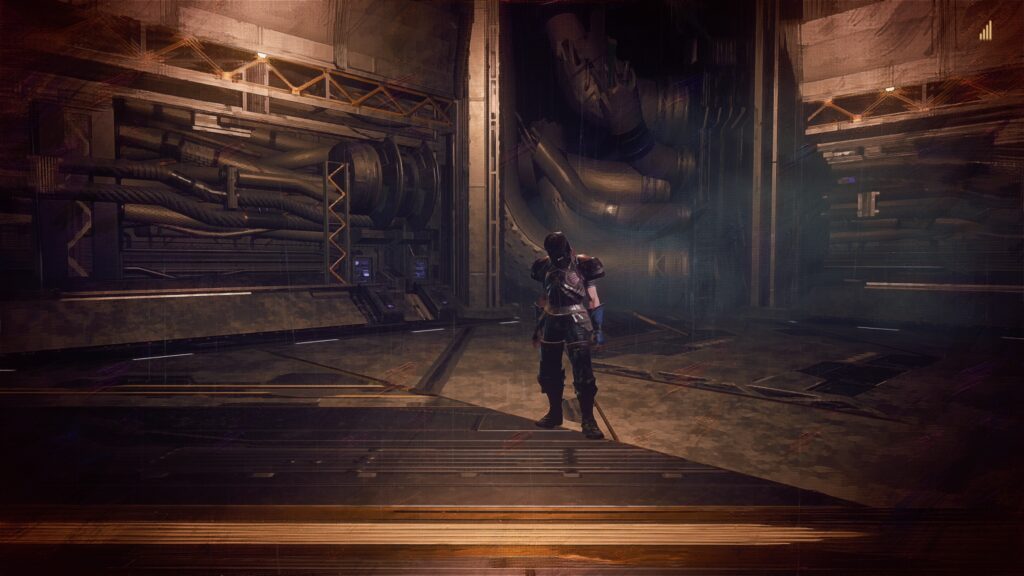
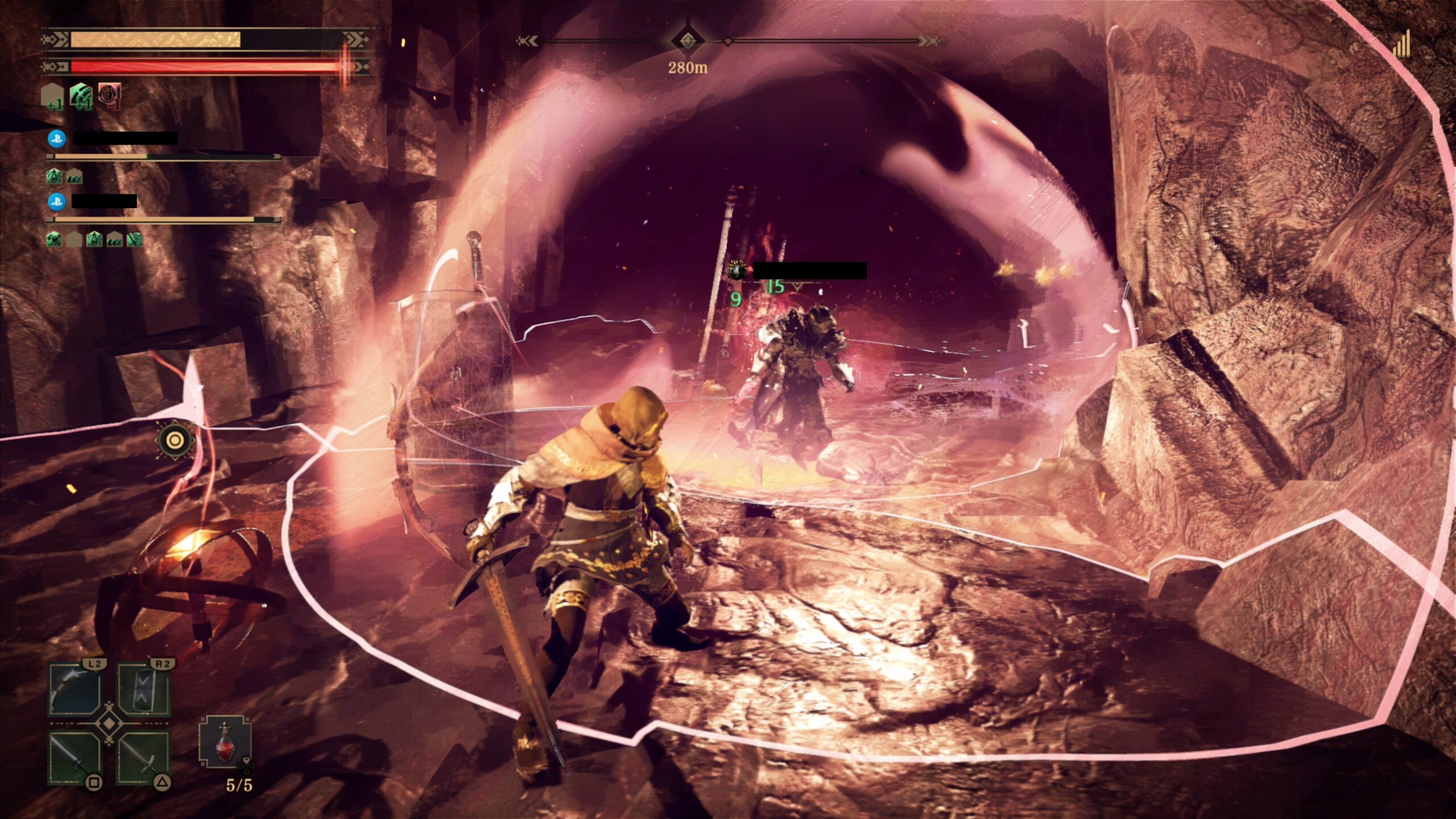
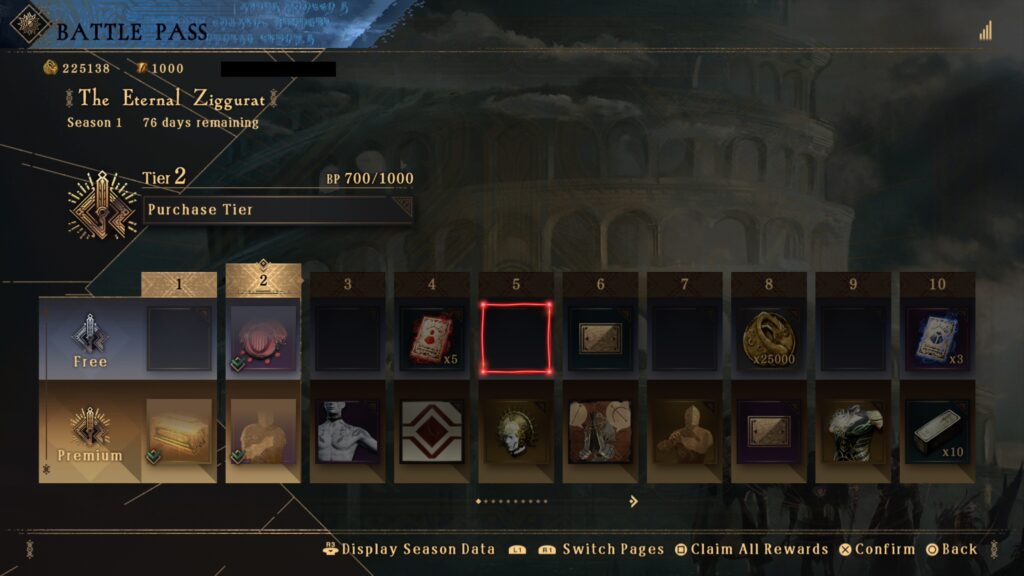
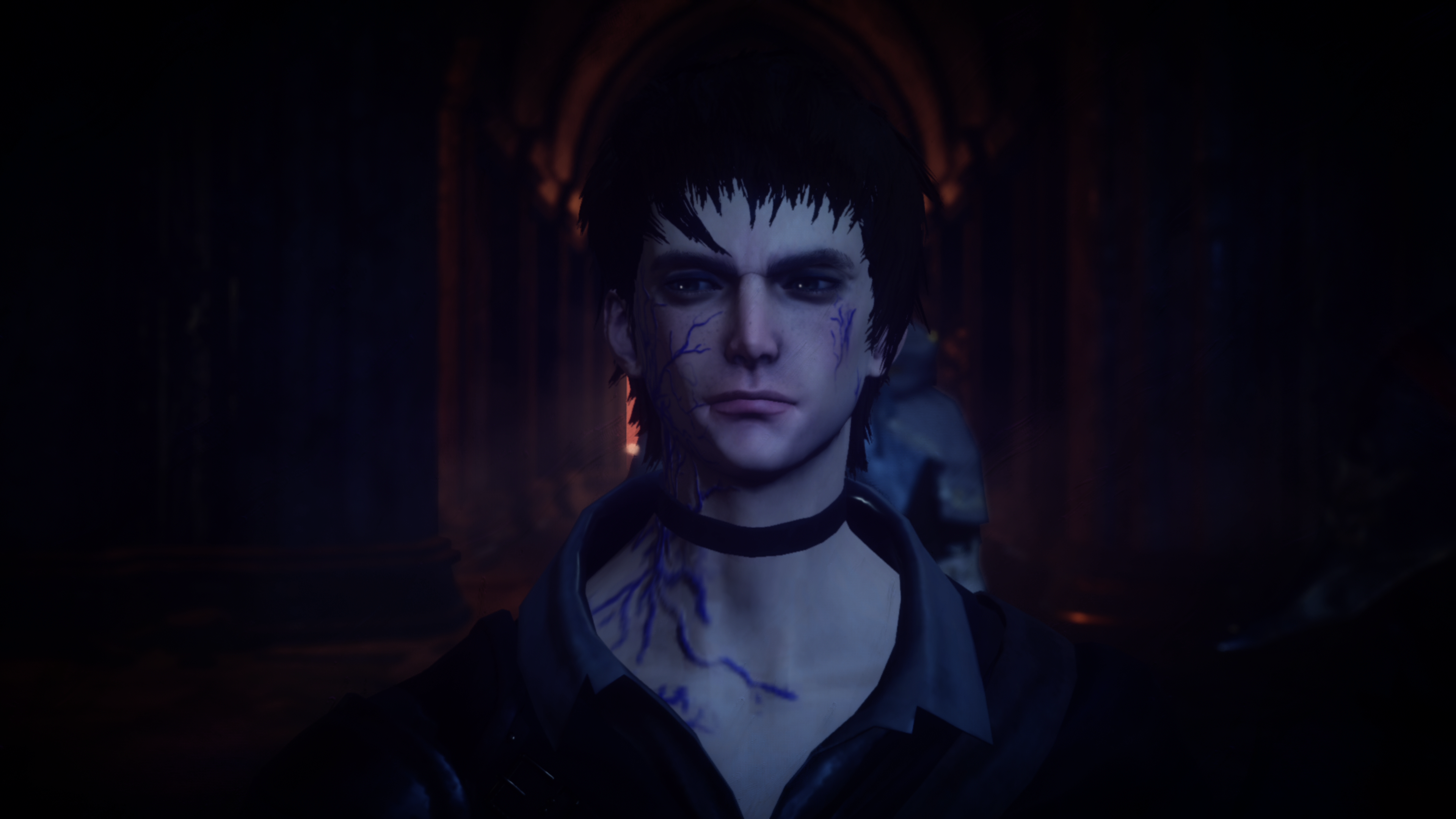
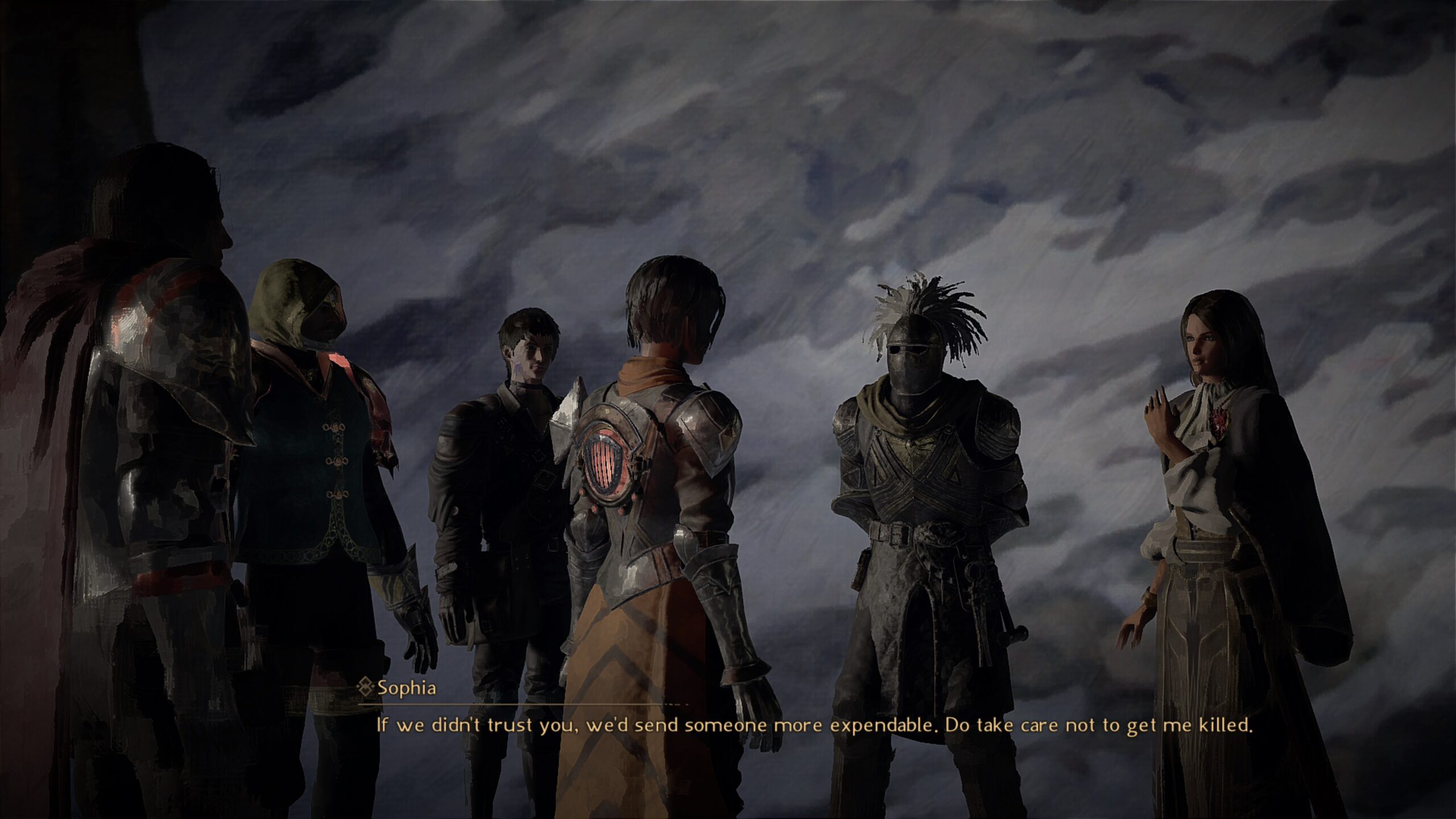
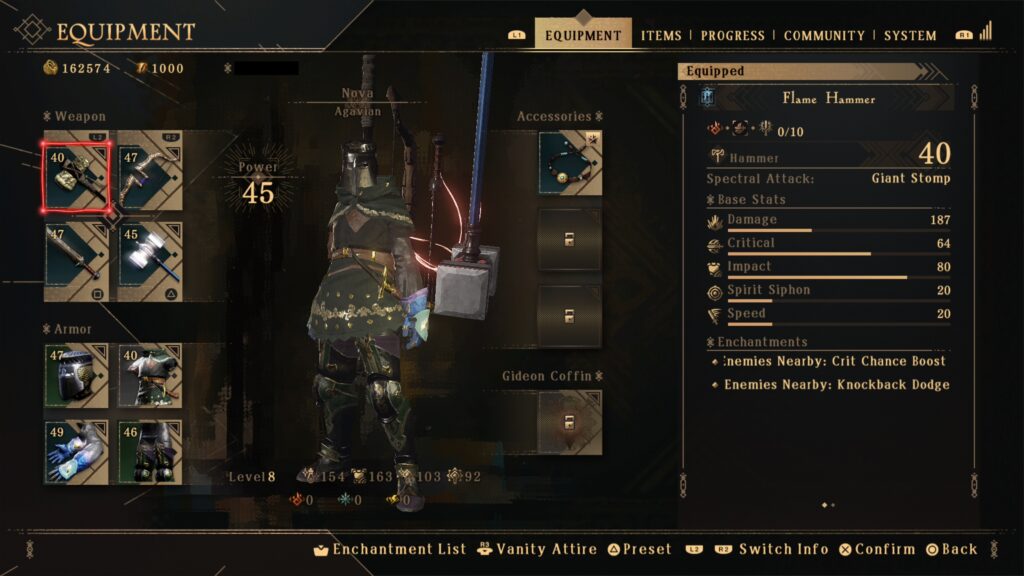
Recent Comments